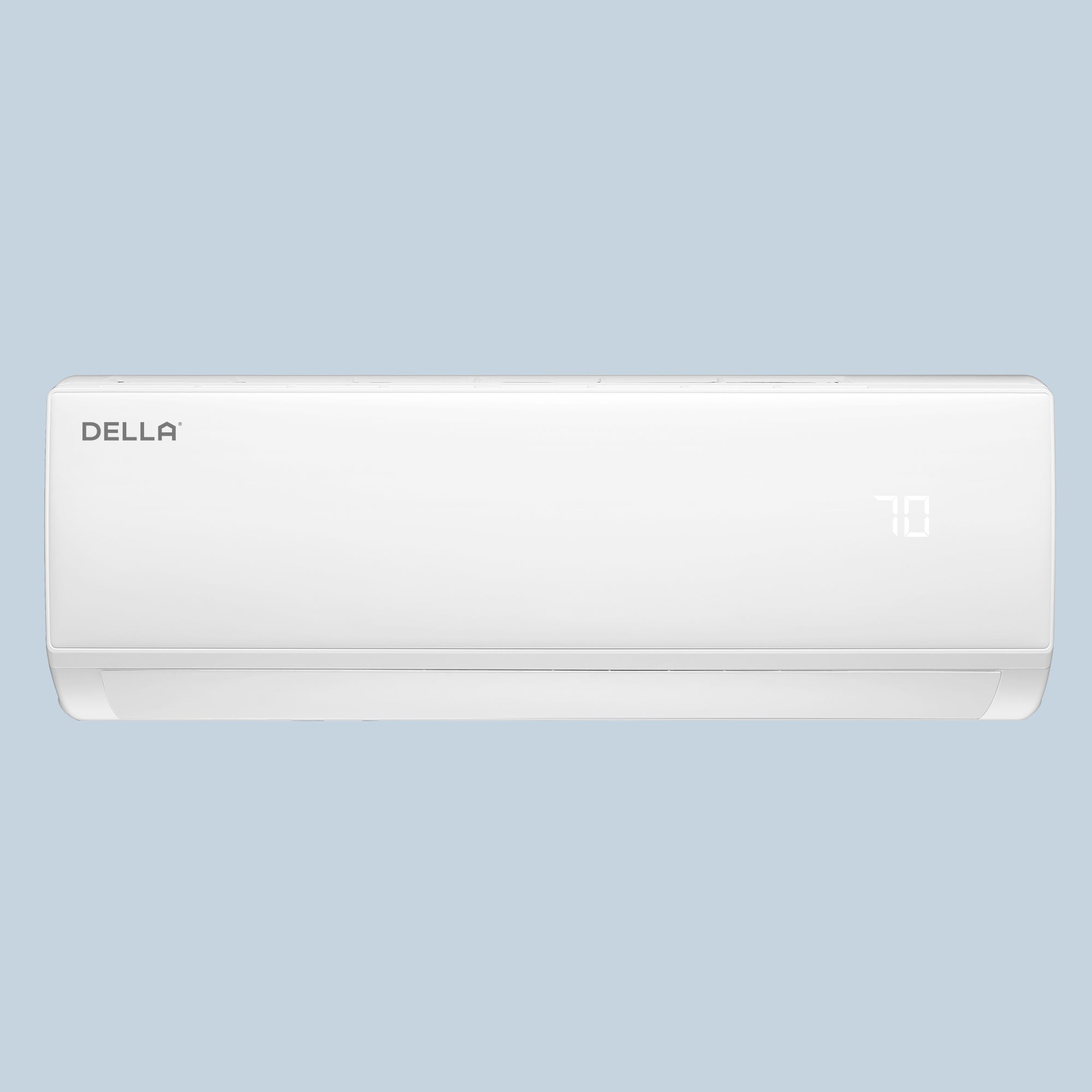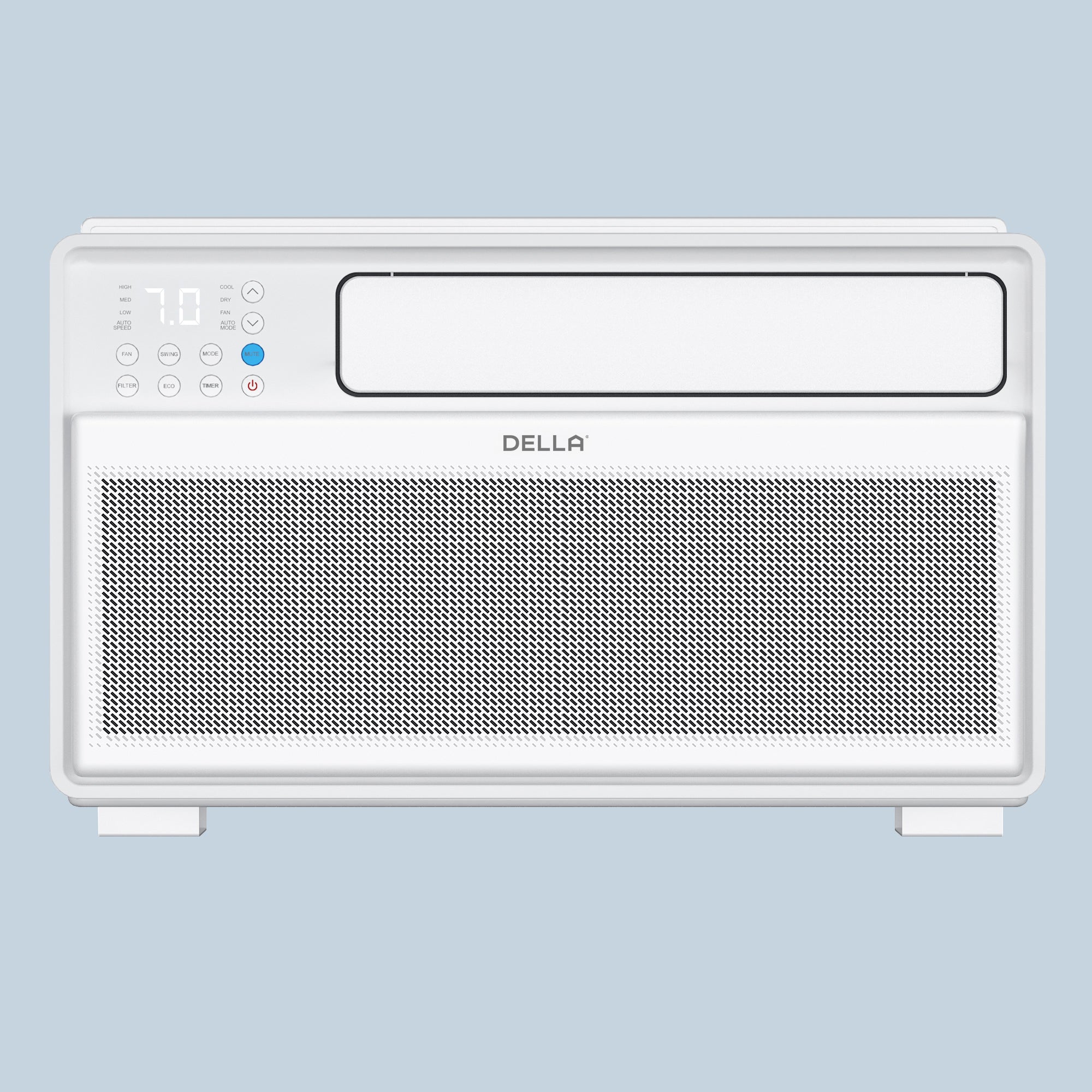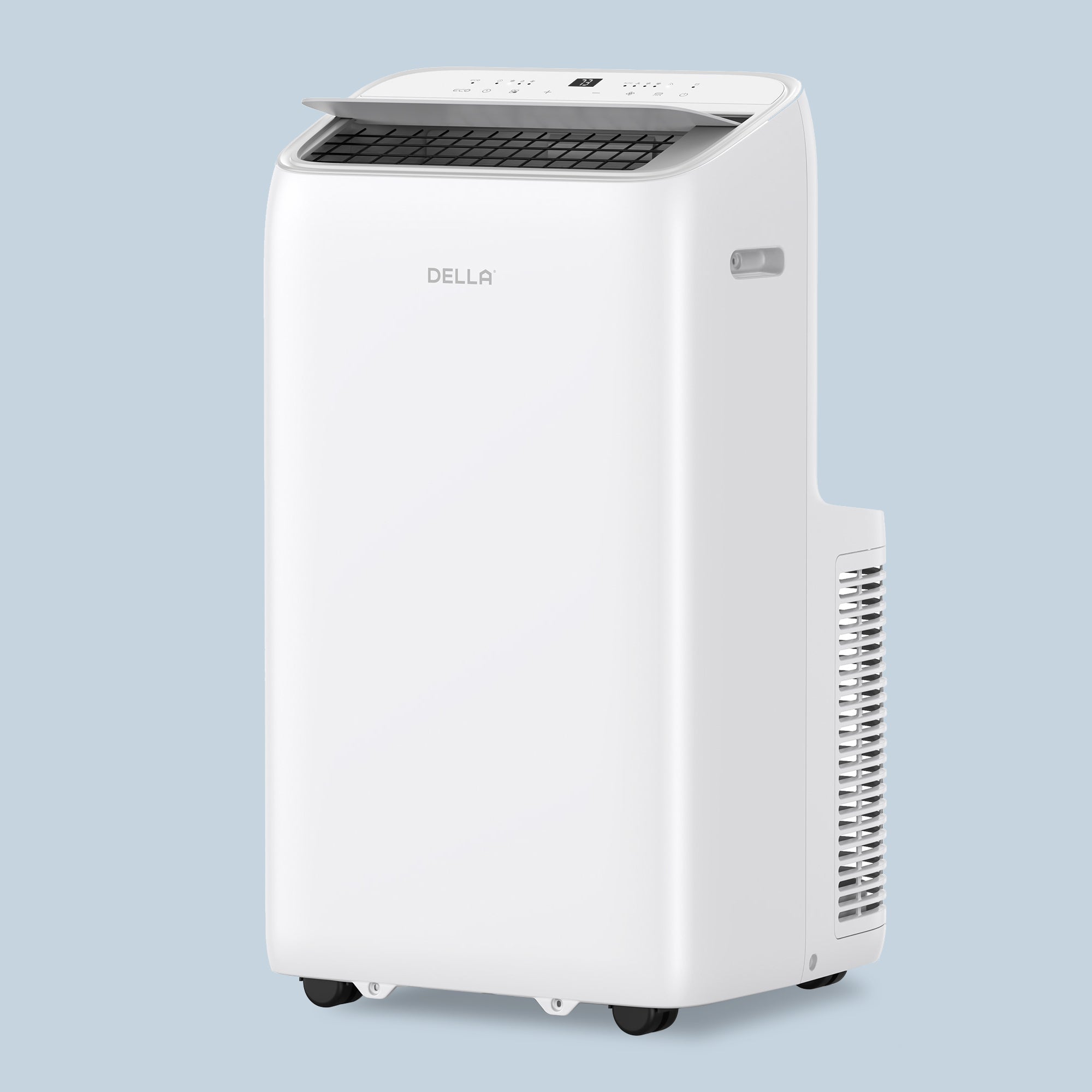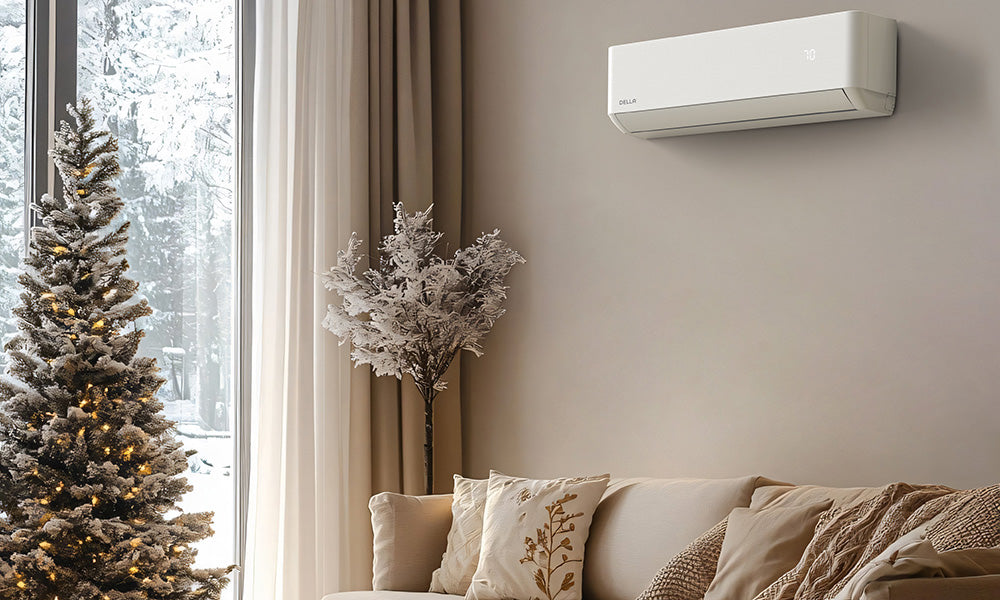Key Takeaways
- Your AC removes heat to reach 74°F, while your heater adds heat to reach that temp
- Same temperature setting, but completely different processes affecting your comfort and energy use
- 74°F feels different in summer vs winter due to humidity and heat from the walls
Introduction
Setting your thermostat to 74°F seems straightforward, but your AC works completely differently in summer versus winter. The same temperature on your thermostat creates two distinct experiences in your home.
Your system either removes heat from your air or adds heat to it. These opposite processes use different parts and amounts of energy, making 74°F feel surprisingly different depending on the season in your part of the world.
Cooling Mode at 74°F
When you set your AC to cool at 74°F, it kicks into heat-removal mode. Your compressor, condenser, evaporator, and refrigerant work together like a heat vacuum, pulling warmth out of your indoor air.
The cooled air then flows through your vents, spreading comfort throughout your home. But here's the bonus: your AC also wrings moisture from the air during this process.
This dehumidification makes 74°F feel cooler and more refreshing than the thermometer suggests. That's why summer AC feels so good—you're getting both temperature control and humidity relief in one process.
Ready to experience that cool, crisp, dehumidified comfort all summer long? Explore our range of high-efficiency Mini-Split AC systems.

Heating Mode at 74°F
When you set your AC to heat at 74°F, it reverses its operation completely. Instead of removing heat from inside, your heat pump now pulls heat from outdoor air and brings it inside.
Your AC delivers this warmth through the same vents, raising your home to 74°F. However, winter's naturally dry air becomes even drier as it's heated, dropping the relative humidity in your rooms.
This low humidity makes 74°F feel cooler than it should. Dry air evaporates moisture from your skin faster, creating a chill that explains why you need extra layers even at the "same" temperature.
74°F Cooling vs 74°F Heating: Key Differences and Considerations
The same 74°F on your thermostat creates completely different experiences in summer versus winter. Here's why:
Opposite Processes at Work
- Cooling removes heat from your home using evaporators and condensers to pump warmth outside
- Heating adds heat by reversing the refrigerant cycle in your AC system
- These opposite approaches mean your system works harder in extreme temperatures, either way
Humidity Makes the Difference
- Summer cooling pulls moisture out, making 74°F feel like 70°F on your skin
- Winter heating can't add moisture, so already-dry air gets even drier
- Dry winter air at 74°F feels cooler because moisture evaporates from your skin faster
Walls, Furniture, and Radiant Heat
- Cold winter surfaces act like heat thieves, pulling warmth from your body even in 74°F air
- Cool summer surfaces help you feel comfortable by absorbing excess body heat
- Radiant Heat effect explains why basements feel cold and attics feel hot at the same air temperature
Other Comfort Factors
- Airflow patterns differ—warm air rises while cool air sinks, changing how rooms feel
- Personal preferences vary based on metabolism, clothing, and activity level
- Time of day affects comfort as your body temperature naturally fluctuates
Why 74°F Feels Different: Understanding Your AC's Output Temperature
Here's something most people don't know: When you set your AC to 74°F, the air from your vents isn't 74°F. The consensus is somewhere between 14 to 20 degrees colder than the intake temperature for cooling mode. It uses this colder air to ensure your space’s temperature reaches 74°F quicker and more efficiently.
The Truth About Discharge Temperature
Your AC maintains a temperature differential (ΔT) to reach your set point. It's best to have a 16 to 22°F difference between your supply air and return air temperature. To cool your room to 74°F, your AC blows air that's typically 54-60°F. To heat to 74°F, it delivers much warmer air.
The temperature differential, or the evaporator “Delta T" varies by system. Two identical thermostats set to 74°F can have completely different vent temperatures based on equipment efficiency, outdoor conditions, and system design.

Auto Mode vs. Manual Mode
In Auto Mode:
- Your system automatically selects cooling or heating based on room temperature
- Fan speed adjusts dynamically to reach 74°F efficiently
- The system cycles between modes to maintain the exact temperature
- The output temperature constantly adapts to conditions
In Manual Cool or Heat Mode:
- You lock the system into one function only
- The discharge temperature stays more consistent
- Cool mode keeps delivering cold air regardless of room temperature
- Heat mode continues warming even if the room exceeds 74°F
Impact on Comfort and Energy
The temperature you set on the thermostat will not make the air coming out of the supply registers any colder. Your AC always maintains its designed temperature differential. This explains why 74°F can feel perfect in Auto mode but uncomfortable in manual modes—Auto adapts while manual modes don't.
Understanding this helps you use your system more effectively for both comfort and energy savings.
Conclusion
Setting your thermostat to 74°F involves two completely different processes.
When cooling, your AC removes moisture from the air, which helps you feel crisp and comfortable. When heating, however, it pushes drier air into your home.
This means the temperature you feel is more than a number. It’s also shaped by how your system works and the environment around you, like radiant heat from a sunny window.
Don't just set a number—achieve true, year-round comfort. Take control of your home's climate with an all-in-one solution.
Read More:
Best Mini Split Thermostat Settings for Efficiency and Comfort
Della Mini Split System Tips for Heating in Cold Weather
Heat Pump Mini Splits vs Furnaces: Which Heating System is Right for You?








LEAVE A COMMENT
All comments are moderated before being published.
This site is protected by hCaptcha and the hCaptcha Privacy Policy and Terms of Service apply.